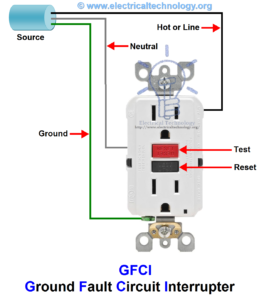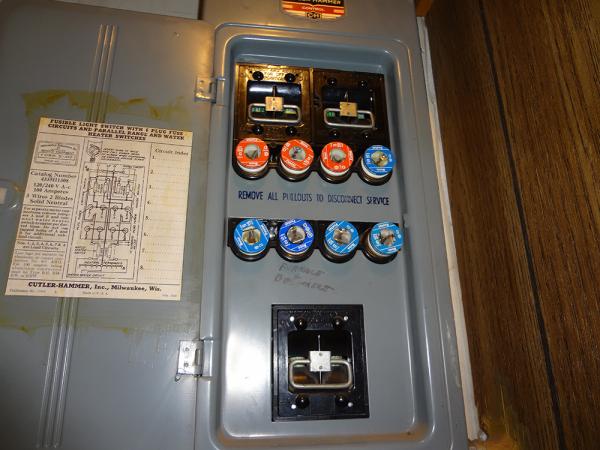How GFCI Works?
Usually a normal electrical outlet has two vertical slots and a round hole just below them. The larger “left slot” corresponds to “neutral and “right slot” is called “hot”. The third, round hole is the “ground”.
Normally, electricity flows from hot to neutral in the outlet. The GFCI works by measuring the current leaving the hot side of the power source and comparing it to the current returning to the neutral side.

If they are not equal, this means that some of the current is flowing along an unintended path possibly through water or through a person.
The GFCI detects imbalance in the current flowing from hot to neutral, imbalance in the current flowing from hot to neutral and quickly cuts off electricity, thus reducing the risk of electrical shock.
The sensor inside a GFCI detects the difference between the current flowing to the appliance and the current flowing from the appliance.
If the electricity flowing into the circuit differs by as small as 4 or 5 milliamps from that returning, a GFCI quickly turns off all power by tripping a relay within it within a few hundredths of a second, much before the user hardly feels the shock.
When the problem is corrected, GFCI’s can later be reset to restore power to the affected circuit.
If the problem still exists and GFCI continues to “sense” the difference in the amount of electricity flowing into the circuit to that flowing out, it will not reset.





